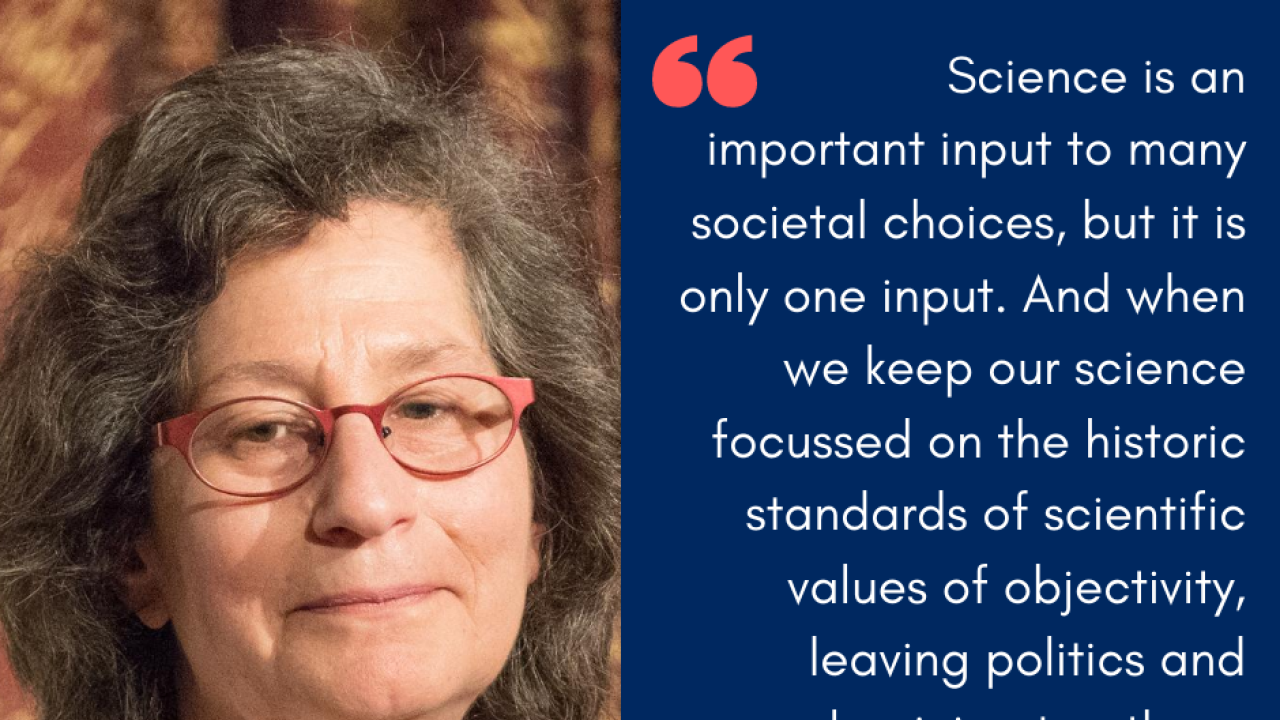
Why be a scientist? Nearly every scientist has a different answer and a different inspiration, drawn from varied careers, outlooks, and experiences. For its 40th anniversary in 2004, ICTP published the book One Hundred Reasons to be a Scientist, a collection of 100 essays from many eminent physicists and mathematicians with a connection to ICTP. The book is a source of many insights from the lives and careers of scientists, including Mildred Dresselhaus, Freeman Dyson, Vera Rubin, and Francis K.A. Allotey. The authors discuss what led them to study science, the difficulties they encountered and overcame, and their passions and hopes for the future.
We are revisiting twenty of these stories highlighting one of them every week, sharing inspirations from the essays and showcasing the words of these great scientists. During the uncertainty of the current global pandemic, the words will hopefully help researchers feel less alone in their scientific path.
We are presenting this week the story of Susan Solomon, an atmospheric chemist, better known for her work on the Antarctic ozone hole. She serves as the Ellen Swallow Richards Professor of Atmospheric Chemistry & Climate Science at the Massachusetts Institute of Technology and has been awarded several prestigious prizes for her scientific achievements, including the National Medal of Science in 1999.
She has led several expeditions in Antarctica to conduct measurements on the chemicals that influenced the ozone to change and caused the ozone hole. For this on-field work she is considered the pioneer of the research in the depletion of atmospheric ozone and a leader in the field of atmospheric science. For the same reasons, she also had a glacier named after her.
In her essay, Solomon talks with enthusiasm about her research, remembering what led her to study science in the first place, and the motivations that made her undertake an observational approach to her scientific work. You can read it here.
If you want to learn more about Susan Solomon and her research, here you can watch her lecture on "Persistence, irreversibility, and emergence of human impacts on our climate" at the Academia Mexicana de Ciencias in 2015. Here you can also watch two short interviews of Solomon, one by the Earth, Atmospheric and Planetary Sciences section at MIT and one by the BBVA Foundation.
If you are interested in learning about 99 more scientists and what inspired them, you can find the whole book in electronic format for free download on ICTP’s Marie Curie Library website, in English, Italian and Urdu.
Previous stories:
















